It is believed that many metal stamping factories do not know what process to use for forming small holes which smaller than the raw material thickness. There are products will need this kind of small holes, such as mobile phone handsets, earphone speakers, Bluetooth speaker nets, filters, heat sinks, etc. Below are the advantages and disadvantages of various processes for small holes.
Assuming the material thickness is 1mm
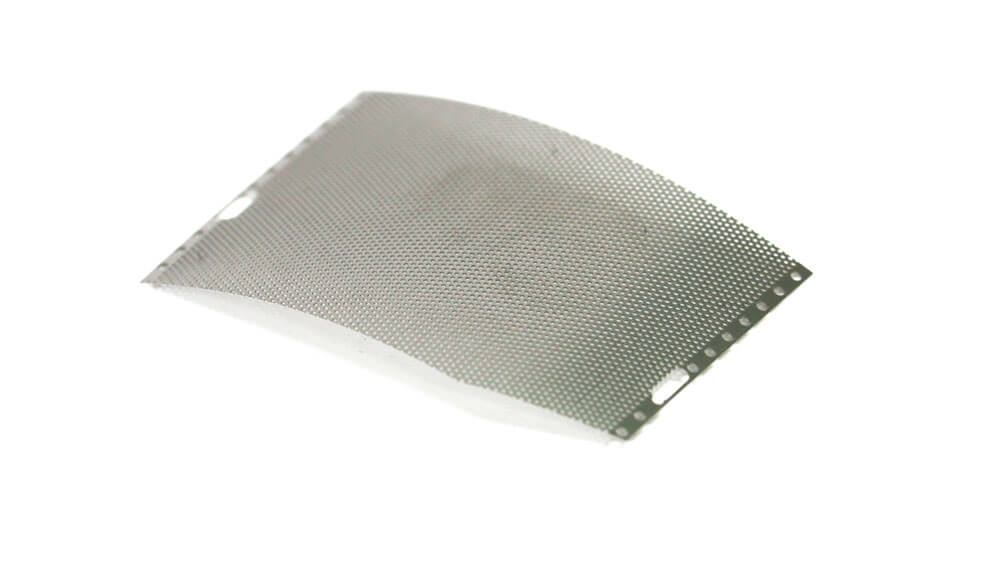
Case 1: Need get diameter smaller than 1mm hole when raw material thickness greater than 1mm
This situation is not suitable to use etching processing, as the etching process is processed through a chemical corrosion, when the hole is too small, it will generate bubbles during the etching process, which will block the etching solution to contact the raw material, and eventually cause the hole will be non-through by etching. Below are two processing methods:
Method #1: By laser cutting
The laser cutting can process small holes for thick materials. However, there will produce some burrs during processing hole small than φ1mm, especially the start edge of cutting & the end edge of cutting will occurred a edge land, which is not easy to handle. Because laser cutting is burn and cutting the material by light temperature, it is easy to leave black residue around the cutting area, which is difficult to clean. Although laser cutting could processing φ0.1mm or even more small hole, the waving on hole edge is it’s biggest defect after magnification N times. If no need high precision & appearance requirement, could considering using this processing to make hole smaller than 1mm.
Method #2: By wire cutting
Wire cutting have the same problem with laser cutting processing, will have problem of burrs & cutting edge land occurred. Because the wire speed will influence the precision of hole perpendicularity, it’s better to use slow speed wire cutting, but the high cost & low efficiency will be a problem when processing high density hole part by wire cutting.
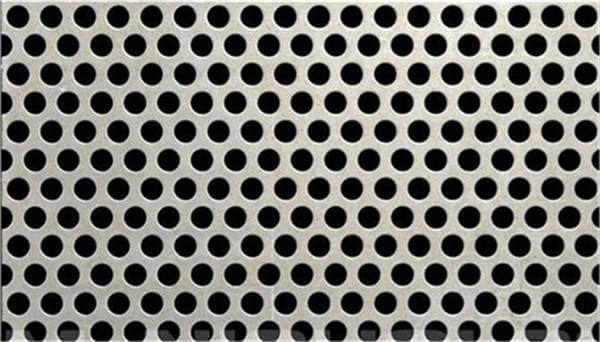
Case 2: Need get diameter smaller than 1mm hole when raw material thickness lower than 1mm
Method #1: By etching
Etching could realized the 1mm diameter hole when raw material thinner than 1m, but will have following problems:
- When the density between hole is high, the production quality will be unstable.
- Etching process should take more consideration of environmental protection field, will be easily been government investigated due to the environmental pollution problem, which cause of unstable lead time.
- Etching more suitable for small batch production, uneasily achieve mass production.
Method #2: By precision metal stamping
Precision progressive stamping is a metal working method by stamping tool that can achieve punching, coning, bending and several other ways of modifying metal raw material, combined with an automatic feeding system.
Due to made by progressive stamping, the parts dimension could be controlled in high precision, so it is better to use progressive stamping tool to processing the high density, high precision hole products. Specified advantage as below:
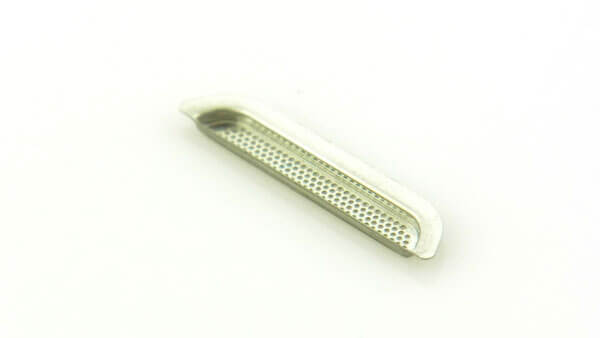
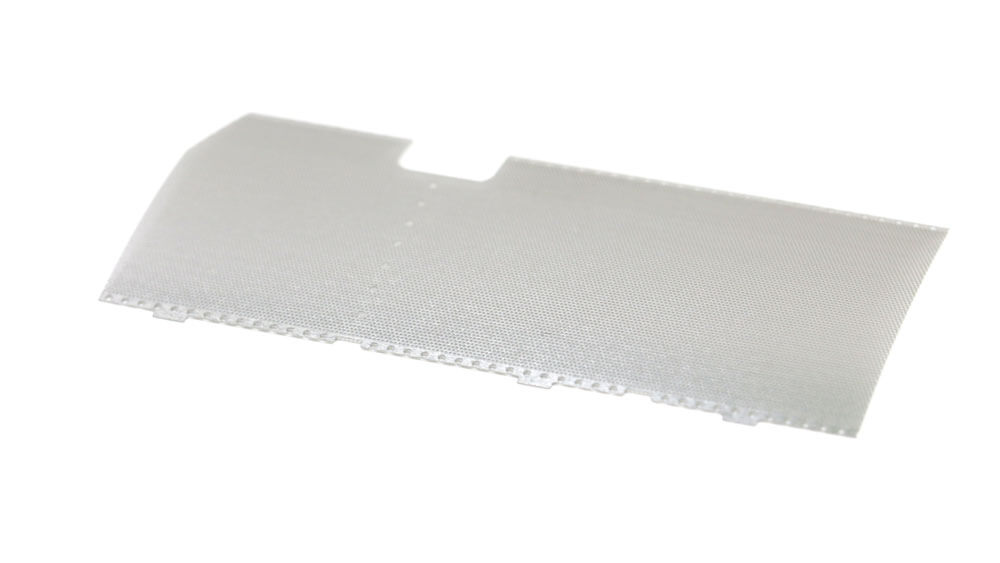
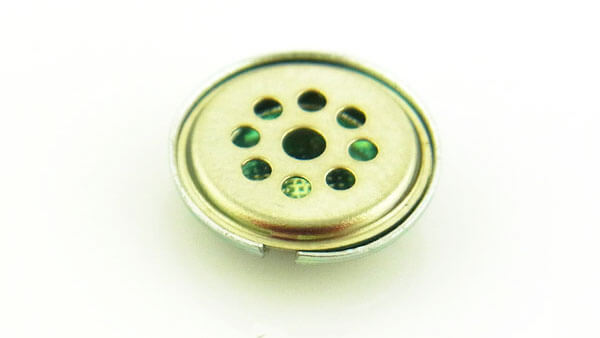
Conclusion
- When raw material thickness greater than 1 mm, could choose wire cutting or laser cutting to processing the hole smaller than 1mm. Both way will have problem of burrs & need cleaning after processing.
- When raw material thickness thinner than 1mm, it’s better using precision stamping to make the small hole, which will be more environmental protection and high efficiency & cost saving for mass production.
Below is the introduction of small hole part production case, details please click here.
© Copyright 2012 - 2023 CNstamping All rights reserved.
